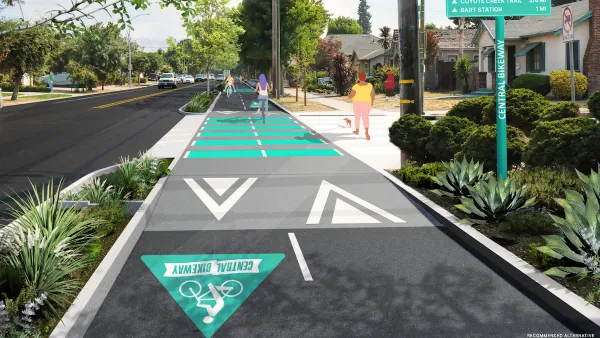Urban geographer Richard Morrill discusses the history of growth in Seattle, the influences that cause it, and which of the influences can be controlled.
Morrill looks at the history of the city to outline four kinds of change:
"First is sheer growth, in population, jobs, and the built-up area. Second is social and demographic change, in the kinds of households, in social attitudes, and behavior. Then comes economic structural change, in the nature and location of jobs, in taxation, and in wealth and inequality. Fourth and last is change in the scope and kinds of governmental roles and regulations."
"The population and the urban footprint of greater Seattle have both grown about three fold in the 50 years from 1955 to 2005, from a little under 1 million to almost 3 million people and from 280 square miles to over 900 square miles. As telling, the city of Seattle's share of the urban total has declined threefold from two-thirds to only one-sixth, a testament to the incredible pace of suburbanization."
"Such vast growth in population and urban settlement had to be accommodated. The demand for space almost continually raised the value and price of land, as people and activities compete for access to jobs and services, employees, and customers. This huge demand forced redevelopment of less intensive and less productive uses of property with more intensive uses that could provide a competitive return. Redevelopment and intensification had to occur. We have a market economy. Many activities require centralized access to survive, and there is limited land in the core. Expansion outward also had to occur, again because we are a market economy, and because other kinds of activities and other people need more space or external access (think Costco). Government can tweak this process, but only at the margin."
FULL STORY: What drives the runaway growth in the Seattle area?

Planetizen Federal Action Tracker
A weekly monitor of how Trump’s orders and actions are impacting planners and planning in America.

Silicon Valley ‘Bike Superhighway’ Awarded $14M State Grant
A Caltrans grant brings the 10-mile Central Bikeway project connecting Santa Clara and East San Jose closer to fruition.

Amtrak Cutting Jobs, Funding to High-Speed Rail
The agency plans to cut 10 percent of its workforce and has confirmed it will not fund new high-speed rail projects.

California Set to Increase Electric Truck Chargers by 25%
The California Transportation Commission approved funding for an additional 500 charging ports for electric trucks along some of the state’s busiest freight corridors.

21 Climate Resilience Projects Cancelled by the EPA
The federal government has pulled funding for at least 21 projects related to farming, food systems, and environmental justice to comply with one of Trump’s early executive orders.

Trump Executive Order on Homelessness Calls for Forced Institutionalization
The order seeks to remove legal precedents and consent decrees that prevent cities from moving unhoused people from the street to treatment centers.
Urban Design for Planners 1: Software Tools
This six-course series explores essential urban design concepts using open source software and equips planners with the tools they need to participate fully in the urban design process.
Planning for Universal Design
Learn the tools for implementing Universal Design in planning regulations.
Yukon Government
Caltrans
New Jersey Institute of Technology
Mpact (founded as Rail~Volution)
City of Camden Redevelopment Agency
City of Norman, Oklahoma
City of Portland
City of Laramie


























